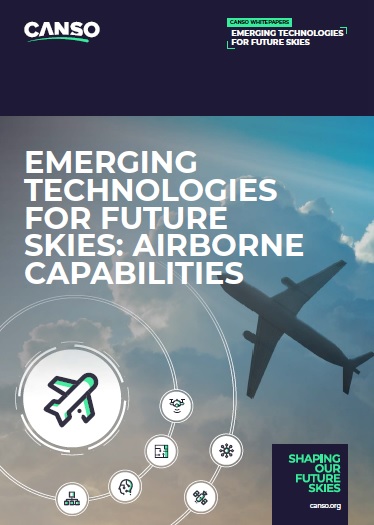Emerging technologies for future skies: Airborne Capabilities
The accelerating pace of technology is creating new opportunities for the airborne platform to play an increasingly important role in Air Traffic Management (ATM). Organisations such as Air Navigation Service Providers (ANSPs), government agencies, research companies, operators, and equipment manufacturers have, for years, been researching, developing, and deploying new flight deck-based capabilities to improve operational efficiency and safety in the air and on the ground. These capabilities enable concepts and operations with the potential to transform the role of the aircraft to a much more active participant in the management of airborne traffic in all domains and phases of flight.
Over the next decade and beyond, operations enabled by these capabilities promise more efficient trajectory management, including spacing and separation operations with fewer interventions needed by the ground, reduced climate impacts, improved communications, increased safety, and better decision-making by flight crews, air traffic controllers and dispatchers.
This document examines several of the key flight deck technologies and concepts that are expected to have significant impacts on ATM operations over the next decade and beyond. It describes the benefits, impact, and challenges for each, along with its state of maturity. Many of the applications included here are being developed in parallel and will be ready for deployment in similar timeframes. However, they are often not being matured in an integrated manner and in consideration for how they can be jointly implemented. As a result, ANSPs, manufacturers, and operators face a significant challenge in integrating these capabilities into flight deck and ground automation systems, developing enabling procedures, and training flight crews, air traffic controllers, and managers to incorporate them into their operations in a coordinated way.
